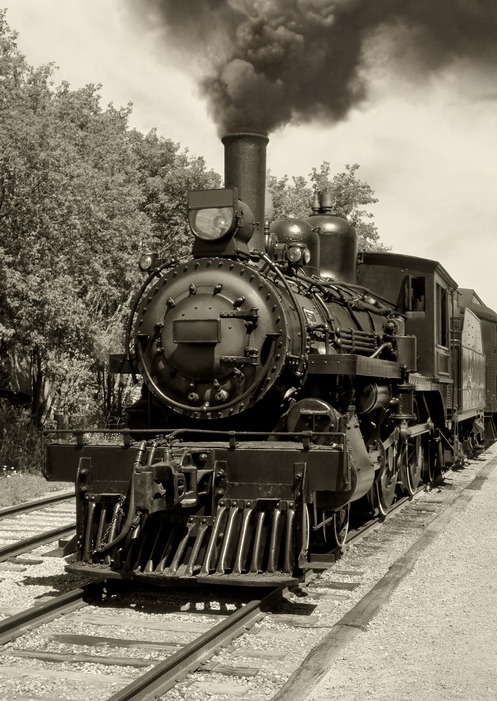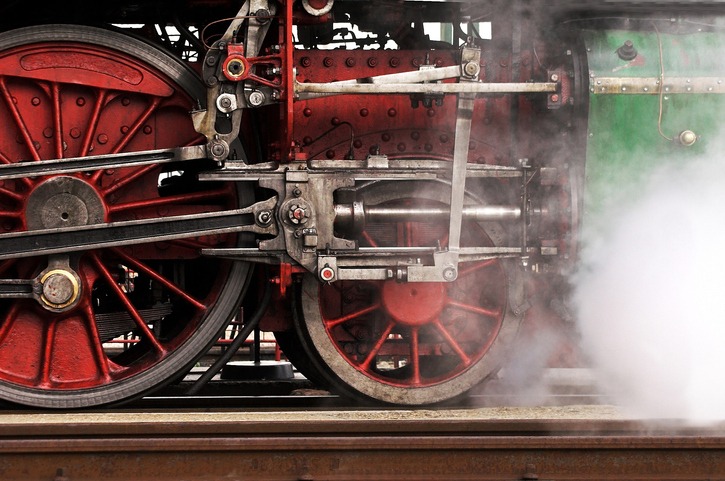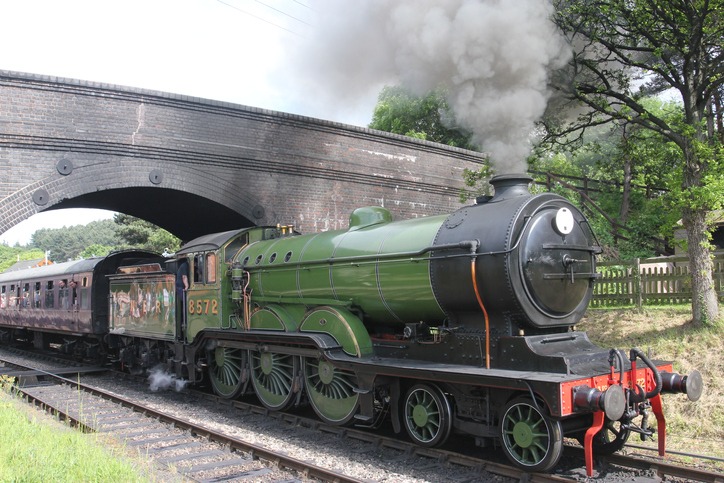Before the time of Thomas Newcomen, the atmospheric steam engine was in its infancy. Contemporary engineers such as Edward Somerset of Worcester, Thomas Savery, Newcomen’s neighbor, and John Desaguliers, a French philosopher, were all making studies about steam engine technology and how it could work. Their study inspired the British Engineer, Thomas Newcomen, to begin his experiments and invent a practical and functional steam engine. It was the start of Newcomen’s outstanding contribution to the Industrial Revolution.
Thomas Newcomen’s Early Life
Thomas Newcomen, son of Elias and Sara Newcomen, was born on February 28, 1664, in Dartmouth, Devon, a thriving town in England. Their family isn’t very wealthy; they belong to the middle class. His father, Elias, works as a merchant, was a freeholder, and a shipowner. After Thomas’ mother died, Elias remarried to Alice Trenhale in January 1668. It was Alice who raised Thomas and his siblings. On July 13, 1705, Thomas wedded Hannah Waymouth, daughter of Peter Waymouth of Marlborough. They had three children, namely, Thomas, Elias, and Hannah Newcomen.
In 1685, Thomas started trading as a blacksmith in his town. Between the years 1694 and 1700, he purchased large quantities of iron from different mills. And in 1704, he also repaired the Dartmouth Town Clock. Newcomen had a retail store that sells tools, chains, nails, and hinges during that time.
Thomas worked as an ironmonger in his hometown, so he usually had Cornish tin mine owners as his customers. Their main concern was constant flooding as mines became gradually deeper. The standard way to take out the water was to do manual pumping or tugging buckets on a rope. However, these methods were slow and expensive, so Thomas and his group searched for an alternative.
His Experiment with John Calley
Thomas Newcomen, together with his assistant John Calley, began his steam research. Calley worked as a plumber in Newcomen’s workshops. They began working together on the steam engine during the late 17th century, and they experimented for over ten years with a steam pump. This ultimately impacted both the steam train and steamboat industries.
Neither of the two was educated in mechanical engineering. So Newcomen and Calley asked the advice of scientist Robert Hooke regarding their proposal on building a steam engine with the use of a steam cylinder that consists of a piston almost identical to that of Denis Papin’s. The scientist was opposed to their plan. However, the two adhere to what they originally planned. In 1698, Thomas Newcomen and John Calley created their first experimental engine- a 7-inch diameter cylinder sealed with a wet leather flap or rope around the piston’s edge. The piston was generally smaller than the brass cylinder so that it could fit inside. The purpose of their first experimental steam engine was to drain water out of mines to avoid constant flooding. Since the engineer Thomas Savery already got a broad patent of his crude pump in 1698, Newcomen could not patent his steam engine. So to refrain from infringing Savery’s broad patent, Thomas was forced to enter into a partnership with Savery.
Newcomen and Savery
Savery hired Thomas Newcomen to work for him. He told Newcomen to build a working model of his steam engine. Since Savery allowed Newcomen to make his copy of the Savery machine, the latter took it to his advantage. He set up the device in his backyard and worked with Calley on improving and upgrading the Savery design.
Even though the steam engine that Newcomen and Calley built was not entirely successful, they still acquired a patent in 1708. The patent was licensed for a machine combining a steam cylinder with a piston, one separate boiler, and a separate pump.
For many years, Newcomen continued working to attain a successful steam engine. He used steam at atmospheric pressure and kept working to the limits of his materials. Many people utilized Newcomen’s engine in draining numerous mines and in lifting water for water wheels. The steam engines were very costly but still very useful and successful.
Some Interesting Facts About Thomas Newcomen
- Thomas Newcomen wanted to improve the mining districts, since in those days, flooding of mines was an alarming issue.
- In 1712, the first Newcomen engine was affectively used at the Conygree Coalworks near Dudley.
- Jta cylinder was almost 8 feet long and 21 inches in diameter.
- By 1733, Newcomen engines were being used in Britain and Europe, in a huge quantity. Some of them were installed in coal mines near Newcastle upon Tyne and in copper mines in Cornwall.
- For almost 75 years, the Newcomen engine was used unchanged, and almost 2000 of them were built.
- In 1964, with the help of a working Newcomen engine, the Newcomen Society of London created a museum at Dartmouth, that was built about 1725.
- Thomas Newcomen used to be a preacher in the Baptist church and taught elder until 1710, when he became a pastor.
- Before he started working on a steam pump, Newcomen was an ironmonger at Dartmouth.
- His invention successfully saved the mines from different problems, such as bankruptcy, but was slowly superseded by James Watt’s version of the steam engine.
- Since Thomas Savery took out a patent on the engine, so it is still unknown if Newcomen ever financially benefited from his groundbreaking invention.
Thomas Newcomen’s Death and Legacy
Newcomen died on August 5, 1729, at the age of 65. His wife Hannah, together with his children, moved back to Marlborough. Their son Thomas became a cloth maker, and their other son Elias also became an ironmonger.
At first, Newcomen’s steam engine was considered a rehash of other ideas. Others say that part of the reason why his work wasn’t recognized may have been because of his social status. Compared to other scientists and inventors during the day, Thomas Newcomen was a middle-class ironmonger. Elite personalities could not imagine that a person like Newcomen could invent something functional and new.
Eventually, the work of Thomas Newcomen and John Calley got the recognition it deserved. Their steam engine improved and enhanced the method of condensation in Savery’s engine. John Theophilus Desaguliers, a French inventor and philosopher, also wrote that Newcomen and Calley’s steam engine had substantial use in various mining districts, different wetlands, supply water to other towns, and ship propulsion engine.By the time Newcomen died, there were not less than 100 of his steam engines found in Britain and all across Europe.
In 1963, during the 300th birth anniversary of Thomas Newcomen, an engine from Hawkesbury near Coventry was re-erected as a memorial at Dartmouth. An ancient nineteenth century engine is also preserved in situ at Elsecar near Sheffield. Additionally, many more are hold in sevdral museums, and the engine hoise that affectively accommodated a Newcomen engine, built by Martin Triewald, is preserved at Dannemora.
In 1747, a French visitor in England paid tribute to the Newcomen’s genius and wrote,
‘England has more than any other country of those machines so useful to the state which readily multiply men by lessening their work; and by means of which one man can execute what would take up to thirty without such assistance’.
A Cornish miner also paid a wholesome tribute to Thomas Newcomen and commented,
‘Mr Newcomen’s invention of the fire engine enabled us to sink our mines to twice the depth we could formerly do by any other machinery’.



